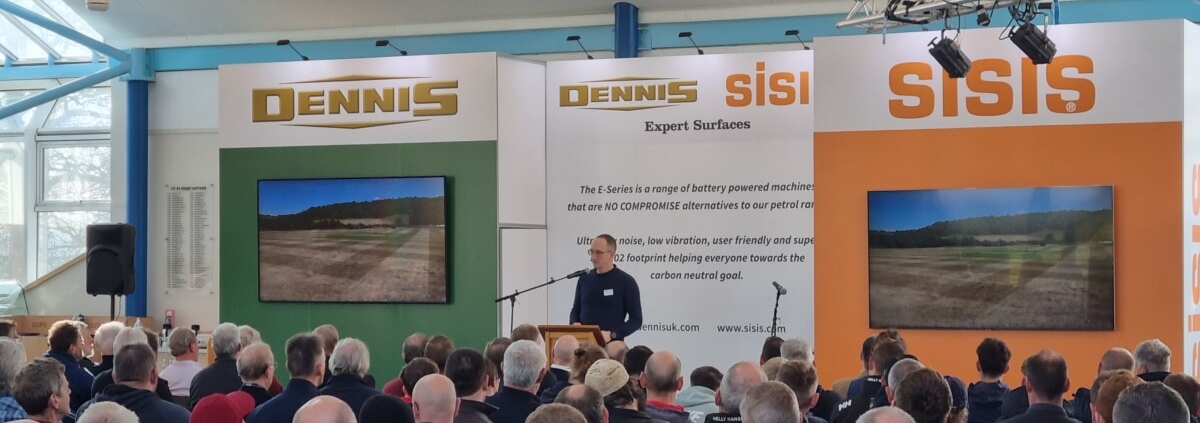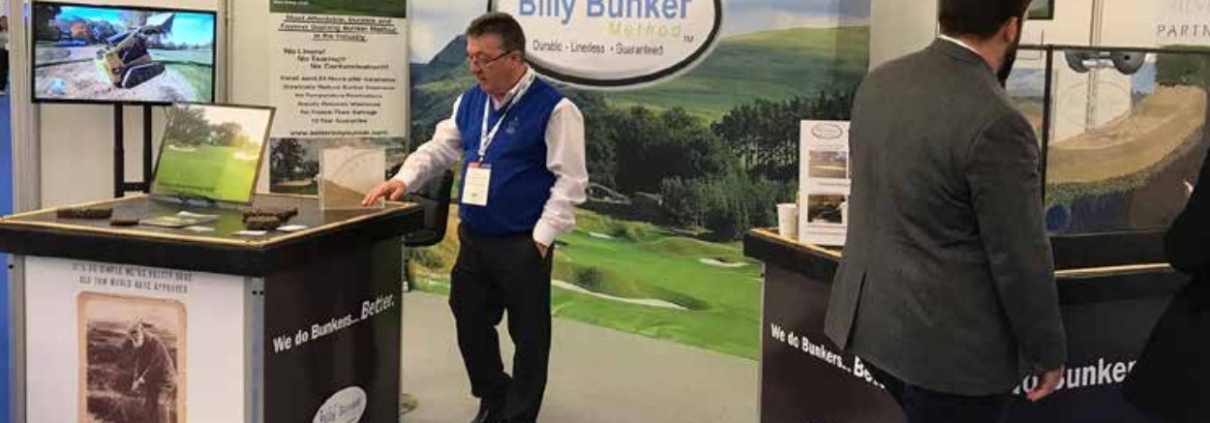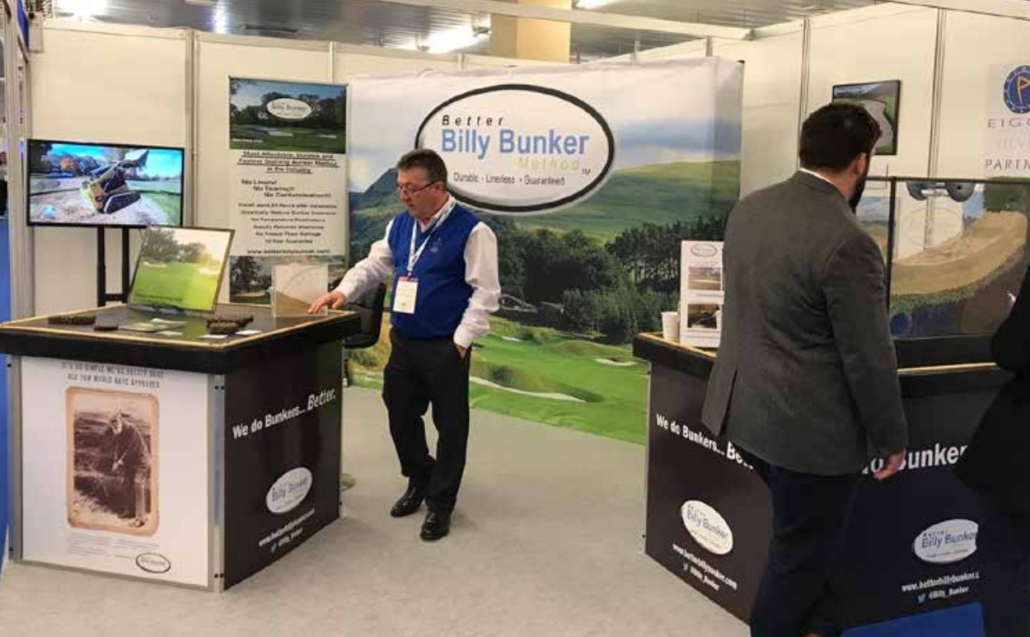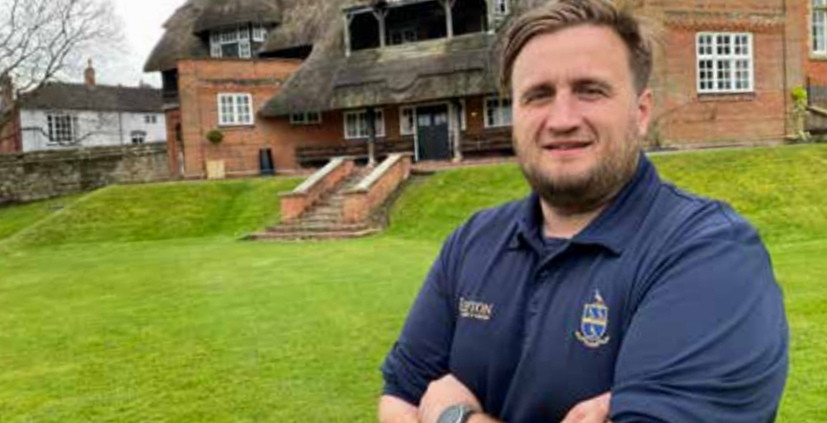Feast of knowledge at Dennis & SISIS seminar
Feast of knowledge at Dennis & SISIS seminar: For more than 10 years Dennis Sisis have held pre-season indoor seminars so it was fantastic, after an enforced absence since 2020, have it back in the calendar.
The “Cricket Pit Maintenance in a Changing Environment” Seminar at St Albans School Woohham Trust, one of the regular hosts, offered the 200 delegates a feast of knowledge and a genuine sense of normality.
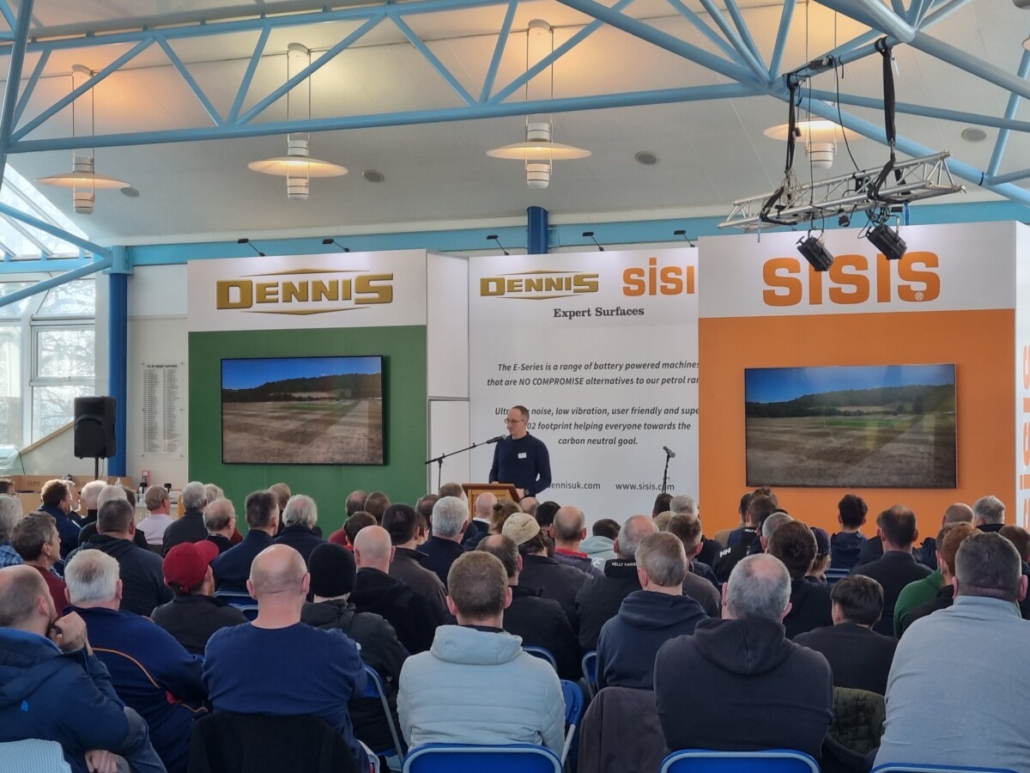
Feast of knowledge at Dennis & SISIS seminar
The programme was devised by the school’s Head of Grounds, Ian Smith and for the morning session at least, hit delegates like a sledge hammer.
The extremely polished Robert Ja‑ , of Howardson Group, was the Master of Ceremonies and he did an excellent job all day of keeping to time and pit ing in comments and questions to ensure a smooth running show.
A weather forecast for 2050 and information that abstraction licenses may be revoked or restricted in 2028 offered a glimpse into the future that turf managers would perhaps describe euphemistically as “challenging”.
The weather forecast came from Met Office meteorologist Aiden McGivern who delivered his paper via video. He admitted that the projections he had included were two years old but that already some of the extremes in temperature had been reached.
He talked about regularly topping 40 degrees in the UK – a level that created a new British record last summer – but that it would become a common occurrence. Aiden also said that temperatures in India would hit the high 40 degrees, and that there would be bans on outdoor working which would impact farming and, of course, sports turf maintenance.
Aiden was followed by Andrew House, of the Environment Agency, who broke the news about the changes to extraction licenses which will be brought in in 2028. Anyone hoping that this might result in a more beneficial outcome for turf managers would undoubtedly be viewed as optimistic at best.
Ton Hanson, Managing Director of Environmental Solutions International, and George Warren, Anglian Water’s Integrated Water Management Lead, looked at what we might be facing over the next few years and what water might be available to the amenity sector, or not, as the case may be.
With the picture painted it was time for two well known faces to come up with solutions.
Alex Vickers, now a turf consultant but with 25 years of experience at TGMS and as Director of the MSc programme in Sports Surface Technology at Cranfield University, and Dr Christian Spring, the STRI’s Group Principal Scientist, spoke on “Root Zones for a Changing Climate” and “Pests and Diseases of the Future” respectively.
Complete with red bucket and a sponge Alex was able to illustrate how water operated in rootzone while Christian identified which diseases and pests would thrive in hotter dryer summers and wetter winters.
The morning was a well balanced and thoughtful session and perhaps was a case of better off knowing what we are likely to be facing in the short, medium and long term, than innocently thinking that everything would remain mu the same and that the weather we have been experiencing lately is nothing more than a blip.
After lunch provided by the school catering staff , the afternoon session ki‑ ed off with Dr Iain James, the ECB’s Head of Facilities Services. Iain spoke on “What Does Sustainability Mean for Grass Roots Clubs?” and covered everything from recycling old kit which carried old sponsors names to stripping parts from no-longer-used mowers.
There could be no better duo to deliver the final formal talk “Cricket Pit Preparations – difference between north and south” than Vic Demain, Head Groundsman at the Durham CCC, the most northerly Test ground in the world and Karl McDermott, who was Head Groundsman at Hampshire CCC, the most southerly Test Ground in England, and now Head Groundsman at Lords.
Vic and Karl know each other inside out and were able to josh and joke while offering the assembled gathering some insights into both their jobs. In Vic’s case the earlier and earlier start to the season is an added factor while Karl spoke of the complications created by the slope when watering the most famous ground in cricket.
The day ended with a Q&A Session with Vic and Karl, as always, sharing their knowledge on a wide range of subjects.
Sponsors for the day were Turf Matters; Stuart Canvas Group; DLF Seeds; RT Machinery; Boughton; SIS Grass; Grounds Training; Mansfield Sand; Origan Amenity Solutions; Turf Tank and White Horse Contractors.

